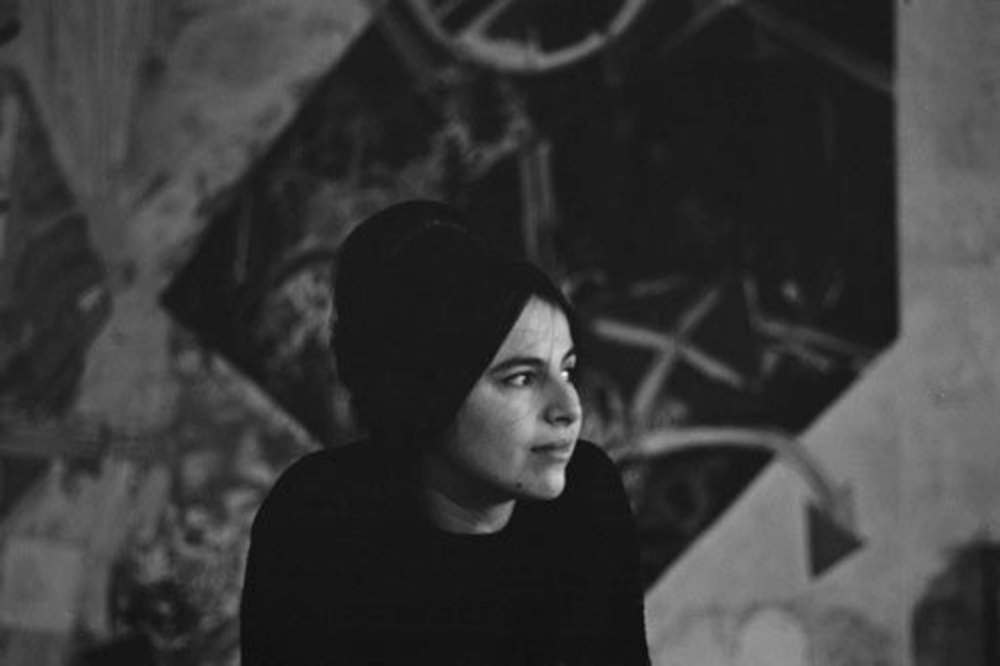A bright, but brief star
Advertisement
Read this article for free:
or
Already have an account? Log in here »
To continue reading, please subscribe:
Monthly Digital Subscription
$0 for the first 4 weeks*
- Enjoy unlimited reading on winnipegfreepress.com
- Read the E-Edition, our digital replica newspaper
- Access News Break, our award-winning app
- Play interactive puzzles
*No charge for 4 weeks then price increases to the regular rate of $19.00 plus GST every four weeks. Offer available to new and qualified returning subscribers only. Cancel any time.
Monthly Digital Subscription
$4.75/week*
- Enjoy unlimited reading on winnipegfreepress.com
- Read the E-Edition, our digital replica newspaper
- Access News Break, our award-winning app
- Play interactive puzzles
*Billed as $19 plus GST every four weeks. Cancel any time.
To continue reading, please subscribe:
Add Free Press access to your Brandon Sun subscription for only an additional
$1 for the first 4 weeks*
*Your next subscription payment will increase by $1.00 and you will be charged $16.99 plus GST for four weeks. After four weeks, your payment will increase to $23.99 plus GST every four weeks.
Read unlimited articles for free today:
or
Already have an account? Log in here »
Hey there, time traveller!
This article was published 23/08/2017 (2997 days ago), so information in it may no longer be current.
Eva Hesse traced a brief but brilliant trajectory as an art-world star in the 1960s but has remained largely unknown by a larger audience.
This intellectually thorough and emotionally affecting documentary aims to change that. First-time director Marcie Begleiter offers a deep dive into Hesse’s creative process and a detailed inventory of her influential work.
In a more general sense, Begleiter has crafted a moving examination of age, time and memory. Looking back to a particular moment in New York history, when things were a bit grotty but a painter could rent a half-block of loft studio space in lower Manhattan, she focuses on a generation of young, fearless, restlessly experimental artists.
https://www.youtube.com/watch?v=l2b8m9D0mK0Many of the heedless kids featured in the super-cool black-and-white archival photos make repeat appearances in the present day as talking heads. Begleiter interviews, among others, art writer Lucy Lippard, sculptor Richard Serra, environmental artist Nancy Holt, Hesse’s former husband Tom Doyle, all now grey-haired and lined and maybe a little weary. Only Hesse herself, seen in those old photographs, remains forever young and beautiful, poignantly and passionately alive.
Through excerpts from her letters and journals (voiced by Selma Blair), we get a sense of Hesse’s personality — driven, intense, vivid, always drawing others to her.
But we get to know her best, perhaps, through her work. After making a breakthrough with expanded three-dimensional paintings, Hesse started working on revolutionary sculptural pieces that made use of found objects and new artistic materials such as plastic, fibreglass, electrical wire and latex. Hesse’s art sometimes started with the geometric grids of minimalism, but she would transform these rationalist structures into something organic, unpredictable, erotic, emotional — even a little absurd.
As we often see in biopics, this extraordinary creative peak coincided with a personal crisis. Even if you don’t know about Hesse’s life, you will recognize that something dark and threatening is on its way. It’s no surprise when we reach the ominous chapter title: “We realized something was wrong.”
The idea that art comes out of suffering can be a cheap romantic cliché, but Begleiter gives the relationship between Hesse’s art and life a specific and hard-headed examination.
Hesse was born into a German-Jewish family in Hamburg in 1936. At age two, she and her sister were sent out of the country on a Kindertransport train. Their parents managed to join them in 1939, but Hesse’s extended family was murdered by the Nazis, a trauma from which their already fragile mother never recovered.
These early horrors of family loss and historical tragedy cast shadows over her later life. She had bouts of crippling self-doubt and was beset by feelings of isolation and anxiety. Art became her way of working through this pain.
Hesse also struggled to make her place in what was then an aggressively masculine art world, to be counted among “the Big Boys,” as one commentator puts it. Consider Hesse’s wry summary of Simone de Beauvoir’s feminist text, The Second Sex: “I’ve always thought that women were up against it. Simone kind of agrees.”
Making her documentary debut, Begleiter can struggle with pacing. She sometimes relies too heavily on voice-overs and slightly arbitrary historical footage. But she captures the bright, brave aura of her subject.
As one friend says of Hesse: “Everything that happened to her, good and bad, empowered her.
“That’s the magnificence of art.”
alison.gillmor@freepress.mb.ca

Studying at the University of Winnipeg and later Toronto’s York University, Alison Gillmor planned to become an art historian. She ended up catching the journalism bug when she started as visual arts reviewer at the Winnipeg Free Press in 1992.
Our newsroom depends on a growing audience of readers to power our journalism. If you are not a paid reader, please consider becoming a subscriber.
Our newsroom depends on its audience of readers to power our journalism. Thank you for your support.




